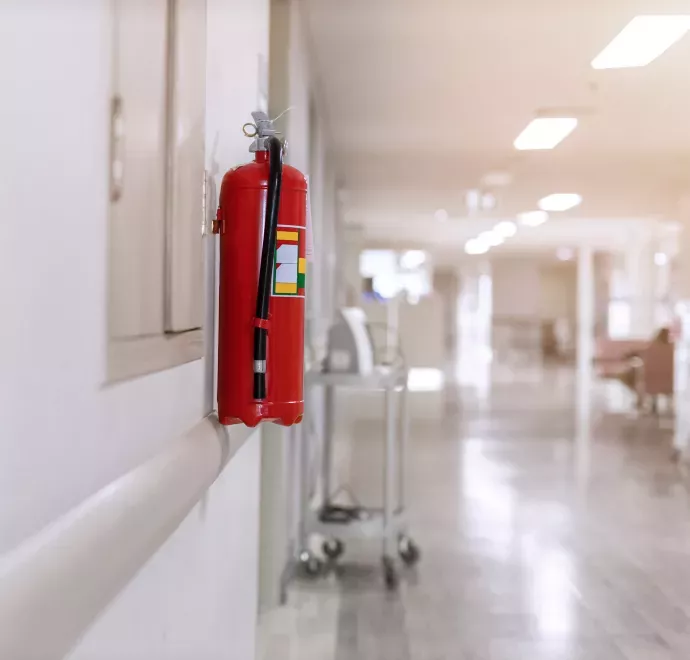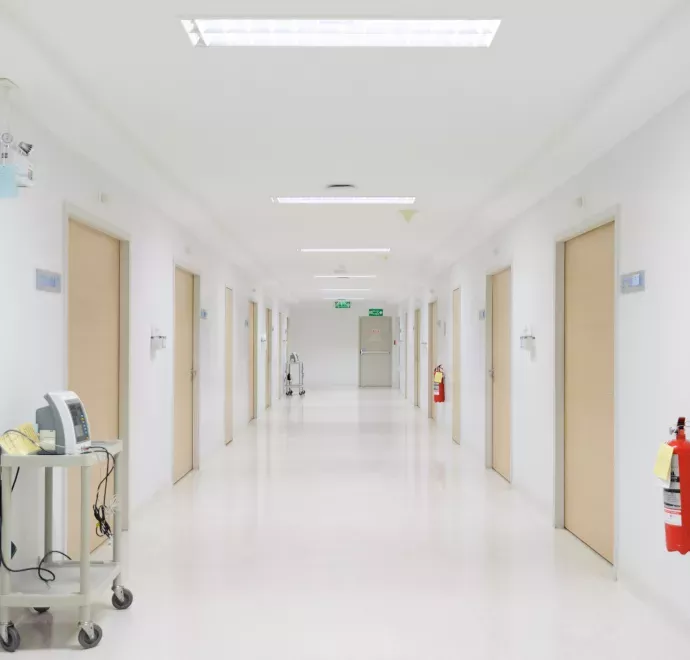Physical Environment Solutions

Keep your physical environment safe
More than half of all survey findings typically address physical environment risks. And hospital engineers, safety officers, and emergency management coordinators know the emphasis on life safety, environment of care, and emergency management only continues to increase. Our Physical Environment Solutions team has unmatched expertise in fire and life safety, utilities management, hazardous materials and waste, safety, security, equipment management, and emergency management. We work within our clients’ unique situations and apply common-sense approaches that will survive scrutiny and ensure compliance.

Life safety code compliance
We work with organizations to ensure buildings are compliant with the applicable version of the Life Safety Code (NFPA 101). Depending on the circumstances, we review and correct existing Life Safety Code drawings, perform on-site reviews to create accurate and comprehensive architectural CAD drawings when nonexistent, and conduct comprehensive, on-site life safety assessments, including:
-
Completing above-ceiling inspections
-
Conducting life safety mock surveys
-
Preparing Life Safety Code equivalencies
-
Performing pre-construction life safety plan reviews

Environment of care
We evaluate the safety and functionality of physical environments ensuring that the environment of care is safe and compliant with all applicable requirements (CMS, TJC, ACHC, DNV, CARF, etc.). Our collaborative, customized consultations typically include:
-
Ligature risks
-
General environmental safety
-
Security
-
Workplace violence
-
Building and equipment inspection, testing, and maintenance
-
Housekeeping
-
Utilities management
-
Equipment management
-
Water management
-
Pre-construction risk assessments
-
Hazardous materials and waste
-
Fire and life safety requirements, including interim life safety measures

Emergency preparedness
We evaluate emergency preparedness activities against the latest CMS, accreditation, and local requirements, including:
-
Leadership and oversight
-
Hazards vulnerability analysis
-
Incident command
-
Succession planning
-
Communication and integration with local, state, and federal emergency preparedness activities
-
Surge planning
-
Alternate care sites
-
Continuity of operations
-
Training and rehearsals
-
Improvement plans
Our unique, strategic approach delivers results.
- Implement practical, commonsense solutions
- Eliminate high-priority vulnerabilities
- Avoid regulatory myth
- Survive the scrutiny of the survey microscope
- Keep your physical environment safe for patients and your workforce
Related insights











